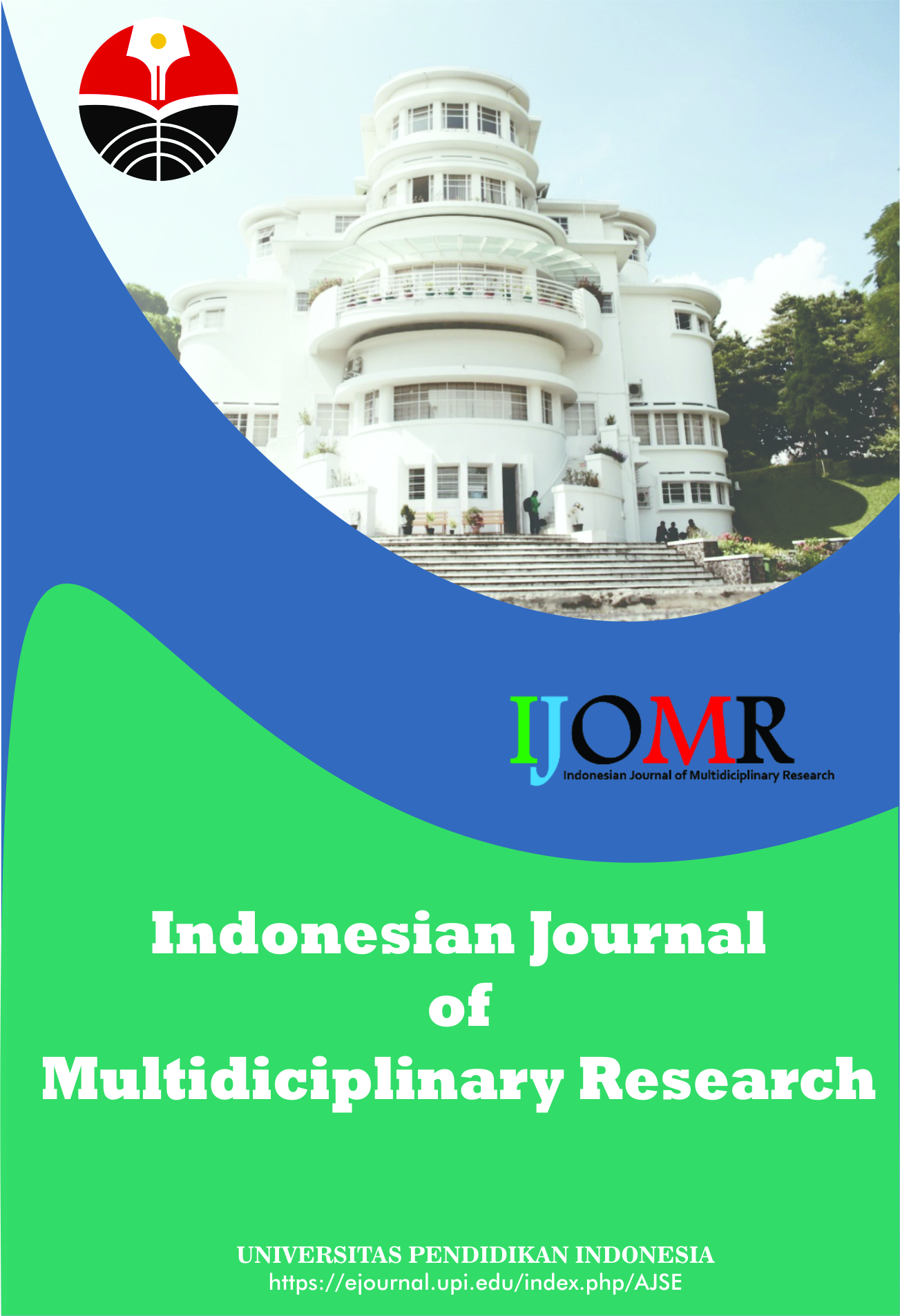Exploring Uncanny and Abjection in Mary Shelley’s Frankenstein: Implications for Literature Education
Abstract
Keywords
Full Text:
PDFReferences
Bolton, M. S. (2014). Monstrous machinery: Defining posthuman Gothic. Aeternum: The Journal of Contemporary Gothic Studies, 1(1), 1–15.
Causadias, J. M., Updegraff, K. A., and Overton, W. F. (2018). Moral meta-narratives, marginalization, and youth development. American Psychologist, 73(6), 827.
Farida, F., Supardi, S., Abduh, A., Muchtar, J., Rosmaladewi, R., and Arham, M. (2024). Technology and hybrid multimedia for language learning and cross-cultural communication in higher education. ASEAN Journal of Science and Engineering, 4(2), 331-348.
Fatawi, I., Asy'ari, M., Hunaepi, H., Samsuri, T., and Bilad, M.R. (2024). Empowering language models through advanced prompt engineering: A comprehensive bibliometric review. Indonesian Journal of Science and Technology, 9(2), 441-462.
Haristiani, N., and Rifa’i, M.M. (2020). Combining chatbot and social media: Enhancing personal learning environment (PLE) in language learning. Indonesian Journal of Science and Technology, 5(3), 487-506.
Haristiani, N., and Rifai, M.M. (2021). Chatbot-based application development and implementation as an autonomous language learning medium. Indonesian Journal of Science and Technology, 6(3), 561-576.
Khodjamkulov, U., Makhmudov, K., Abduramanova, D., Ruzmetova, D., Akhatov, L., and Djabbarova, F. (2024). Exploring gothic-themed lexemes and their cultural connotations in English and Uzbek: An educational perspective. International Journal of Language Education, 8(4), 655-677.
Luckyardi, S., Karin, J., Rosmaladewi, R., Hufad, A., and Haristiani, N. (2024). Chatbots as digital language tutors: revolutionizing education through AI. Indonesian Journal of Science and Technology, 9(3), 885-908.
Mishra, S. K., Mishra, P., and Sharma, J. K. (2023). Elements of horror, grotesque bodies, and the fragmentation of identity in Mary Shelley’s Frankenstein. International Journal of Language, Literature and Culture, 3(2), 10–17.
Nicholson, M. (2020). A Singular Experiment: Frankenstein’s Creature and the Nature of Scientific Community. Science Fiction Studies, 47(Part 1 (140)), 1-30.
Sherma, A. B. (2025). The subtlety of hegemonic masculinity in Nepali films through digital platforms: A critique of the film Saino. Scholars: Journal of Arts & Humanities, 7(1), 94–110.
Susilawati, A., Al-Obaidi, A.S.M., Abduh, A., Irwansyah, F.S., and Nandiyanto, A.B.D. (2025). How to do research methodology: From literature review, bibliometric, step-by-step research stages, to practical examples in science and engineering education. Indonesian Journal of Science and Technology, 10(1), 1-40.
Van den Belt, H. (2009). Playing God in Frankenstein’s footsteps: synthetic biology and the meaning of life. Nanoethics, 3, 257-268.
Waham, J. (2023). The art of Gothic literature: An analysis of Mary Shelley’s Frankenstein. International Linguistics Research, 6(2), 1-7.
DOI: https://doi.org/10.17509/ijomr.v5i2.85043
Refbacks
- There are currently no refbacks.
Copyright (c) 2025 Kantor Jurnal dan Publikasi, Universitas Pendidikan Indonesia (UPI)

This work is licensed under a Creative Commons Attribution-ShareAlike 4.0 International License.
Indonesian Journal of Multidiciplinary Research (IJOMR) is published by Universitas Pendidikan Indonesia (UPI)















